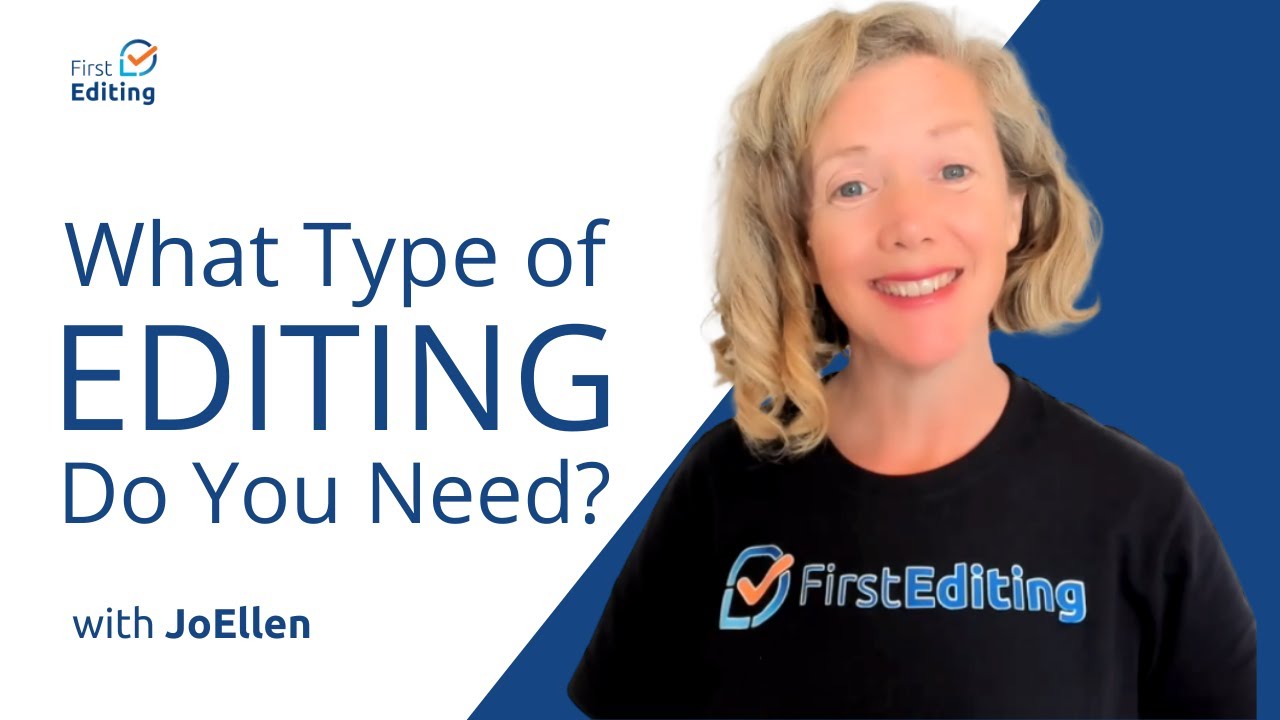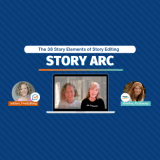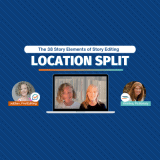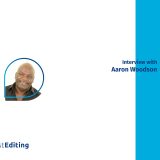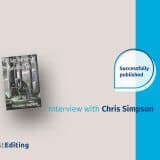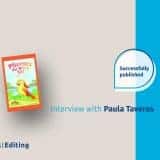
Author bios are one way for the reader to get to know you, the author, more intimately. This snippet allows you to sell yourself to potential readers and editors.
Including your author bio with queries and submissions enables editors and publishers to get to know you; who you are, where you’re coming from, and whether or not you’re a good fit with their publication.
Here are three tips for writing a strong author bio.
- Write in the third person. This method is the mark of a professional. A bio written in the first person is seen as amateurish, whereas a bio in the third person shows you’re taking yourself seriously as a writer.
- Include a few relevant publishing credits and educational and work experiences. They key word here is relevant.
Non-fiction authors, emphasize your expertise. Sketch out your background. Include your publishing history, education, or work experience that makes you the perfect author for the topic you’re tackling. Include the titles of books, articles, and other sources of information that are relevant to the project to which you are attaching this bio.
Remember, your bio is a sales pitch. So if you’re writing a book on the state of health care in the US, including the title of your first photography book probably isn’t relevant.
Fiction authors, emphasize your influences and writing style. This focus will help to situate potential readers before they dive in. It may also give added context to your work. If it’s appropriate, include a line or two about your choice of subject matter.
Also, like the non-fiction authors, only include previously published titles in your bio if they are relevant to your current project.
Unpublished? Your best bet is to keep it simple. Don’t overload on biographic detail and never, ever lie. You’ll always get caught.
If you lack publishing credits, focus on your education, work, or other experience that enabled you to write this manuscript.
Important words to live by: When in doubt, leave it out.
3. State where you live – not your street address, but state and country will do. Readers want to know where you live, especially if your writing incorporates local elements. Also, you may include a few familial or biographic details to humanize you to readers and editors.
Remember to keep it relevant and brief. Make sure every detail in your bio is relevant to the project you have written/are pitching, and keep your writing concise. Author bios can be anywhere from a few sentences to three or four paragraphs long.
Keep in mind that in the case of bios, shorter is usually better than longer. Scope out bios in magazines and on book dust jackets relevant to your genre of writing. Practice by imitating someone else’s bio and substituting your own information in it.
While you may experience anxiety over writing it, it is important to feel comfortable with your author bio. You never know what door it could open next!
Writing your author bio, step by step
Writing an author’s bio may at first feel like a nerve-wracking or teeth-grinding experience. However, it doesn’t have to be. While there’s no set formula for the perfect bio, these guidelines make the process easier, and perhaps even enjoyable. You can turn out a well-crafted blurb that will make you jump off the page as a professional and engaging author.
A well-crafted author’s bio is an essential part of any writer’s arsenal, even if you aren’t a published author yet.
The request from a publisher, agent, or editor for an author’s bio often leaves many writers perturbed because they may not feel like an author yet. You may not be sure what to write; or you may simply despise the exercise.
Every word of the author’s bio is just as important as those well-honed pages in the original manuscript that led to the request. So it’s important to do it and to do it well.
Where to start? Here are some handy tips to get the ball rolling.
How to Write an Author’s Bio
First things first – title the bio with your name. Always refer to yourself in the third person and double-space your work.
- Write several versions.
That’s right. If you’re going to do this, you’re going to go whole hog. You will need several versions of the author’s bio because sometimes you only need a paragraph, suitable for a magazine or website, whereas other times a one-page version is required for agents, media kits, or interview sheets.
- Sell yourself.
Brag. You want to sound professional and appealing so that when people pick up the book, they’ll want to read your story.
What makes you different or unusual? Do you have an enjoyable hobby? Have you lived in an exotic destination? Add all relevant details. For example, if you have written a children’s book and have children, it would be worth mentioning them. Otherwise, leave them out.
- Writing credentials.
Your credibility is important. If you can sell it to your readers, it will help sell your books, too! If you have won awards or received any kudos for your writing, mention it. Similarly, if your degree is relevant, then note that as well.
- Demographics.
Where you live and your education can be exciting. But keep this brief and perhaps towards the end of the author’s bio, after you have established your credentials first.
- Contact.
If you have an online presence, list your Twitter, Instagram, Facebook, and other social media handles. List your blog and other places where you hang out so people can keep track of your work and progress.
- Keep it up to date.
Your author’s bio should change over the years. It’s important to keep it current with any new awards, books, or credentials that will continue to help you sell yourself. It’s important to note that what may have seemed important to you the first time you wrote your bio might no longer be relevant a year later.
Writing an author’s bio doesn’t have to be a daunting task if you follow these guidelines. Browse the web to see what other people have done. Of course, if all of that is still too hard, feel free to submit it to us at FirstEditing.com, and we’ll help you out!
Originally posted 4/6/2010 and happily updated 11/14/2017. Thanks for reading!




